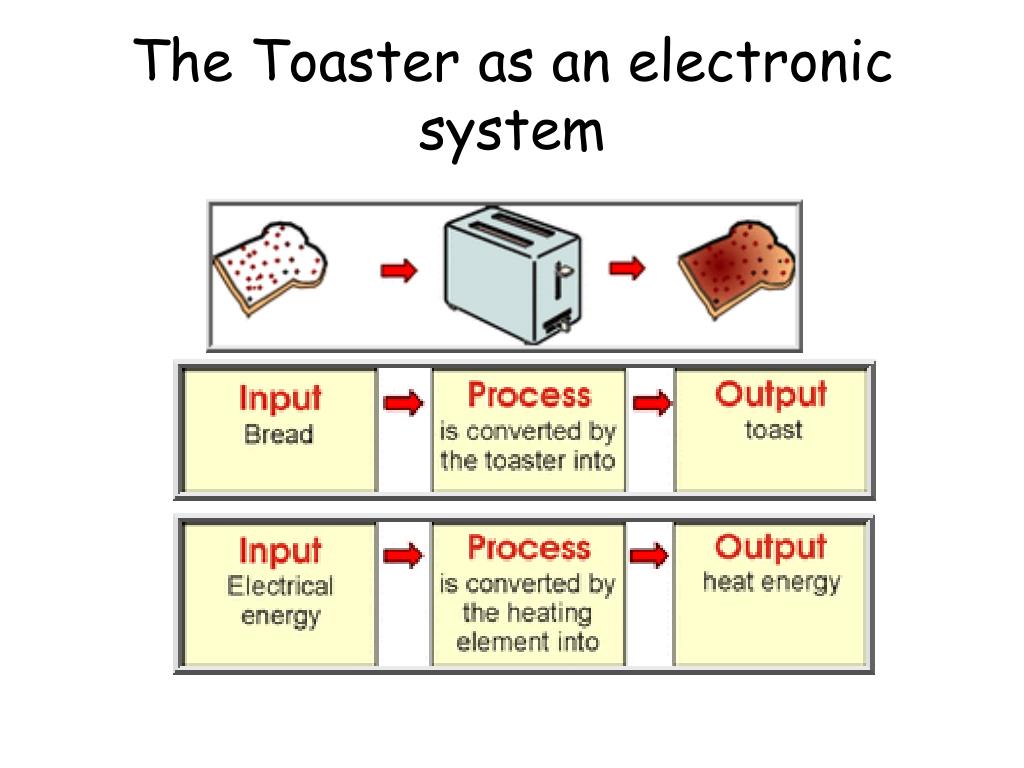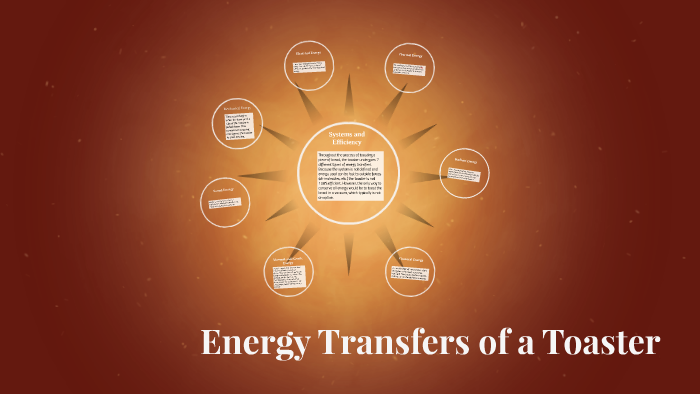Ever wonder what really happens inside that trusty toaster while it's turning your humble slice of bread into golden-brown perfection? It's more than just "heat goes in, toast comes out," you know! It's a mini-masterclass in transformations, a tiny kitchen alchemist at work. And while it might seem trivial, understanding the magic of a toaster can give you a new appreciation for the everyday wonders around us – and maybe even improve your toast game!
From Pale to Perfect: The Maillard Reaction
The real star of the show is a process called the Maillard reaction. Sounds fancy, right? Don't let the name scare you. It's simply the chemical reaction between amino acids and reducing sugars that gives browned food its distinctive flavor. Think about it: it’s what makes seared steak taste so good, what gives roasted coffee its incredible aroma, and yes, what makes your toast, well, toasty!
Imagine you're at a potluck. You've got a plate piled high with deliciousness. The Maillard reaction is like the friendly mixing and mingling of all those flavors, creating something new and exciting. In the case of toast, it's the sugars and proteins in the bread getting all cozy and reacting under the influence of heat.
This is why slightly stale bread often toasts better! It has a lower moisture content, which concentrates the sugars, making the Maillard reaction even more effective. So, that loaf you thought was destined for the bin? Give it a toasting reprieve!
Drying Out: The Moisture Evaporation Tango
Aside from the Maillard reaction, another crucial transformation is the evaporation of moisture. Bread, like most foods, contains water. When you pop it into the toaster, that water starts to heat up and turn into steam. This steam escapes, leaving the bread drier and crisper.
Think of it like a dewy morning. The sun comes out, and slowly but surely, the dew disappears, leaving behind a drier, brighter landscape. The same thing happens inside your toaster. The water molecules, energized by the heat, break free and float away, contributing to that satisfying crunch we all crave.
This drying out process is also why toast gets harder as it cools. As it sits, even more moisture escapes, leaving it even drier and more brittle. So, for the best toast experience, eat it fresh from the toaster! (And maybe with a generous pat of butter.)
The Physics of Heat: From Wires to Warmth
Let's not forget the unsung hero of the toasting process: the heating element. These are those squiggly wires you see glowing orange inside the toaster. They're made of a special metal (often nichrome) that resists the flow of electricity. This resistance creates heat – a lot of it!
Imagine trying to squeeze through a crowded doorway. The more people trying to get through, the more friction and heat are generated. The same principle applies to the electrons flowing through the heating element. They're bumping and jostling against each other, creating that intense heat that toasts your bread.
That heat then radiates outwards, browning the bread. The closer the bread is to the heating element, the faster it will toast. This is why some toasters have uneven browning – the bread might not be perfectly centered, or the heating elements might not be perfectly uniform.
Why Should You Care? Toasting as a Metaphor for Life
Okay, so maybe you're thinking, "This is all interesting, but why should I really care about the transformations in a toaster?" Well, beyond just impressing your friends at brunch with your newfound knowledge, understanding the principles at play in a toaster can give you a greater appreciation for the science happening all around you. It's a reminder that even the simplest things in life involve complex processes.
Plus, knowing how these transformations work can help you become a better toaster user! Understanding the Maillard reaction might inspire you to experiment with different types of bread to see how they toast differently. Knowing about moisture evaporation might encourage you to store your bread properly to prevent it from drying out too quickly.
In a way, the toaster is a little metaphor for life. Heat (challenges) can transform something ordinary (plain bread) into something extraordinary (delicious toast). It's about embracing the changes and appreciating the process. So next time you're enjoying a slice of perfectly toasted bread, take a moment to appreciate the tiny transformations that made it possible. You might just find a little bit of magic in your morning routine.
And who knows, maybe understanding the science of toasting will inspire you to explore other everyday wonders. From the way your coffee brews to the way your plants grow, there's a whole world of fascinating transformations waiting to be discovered.





